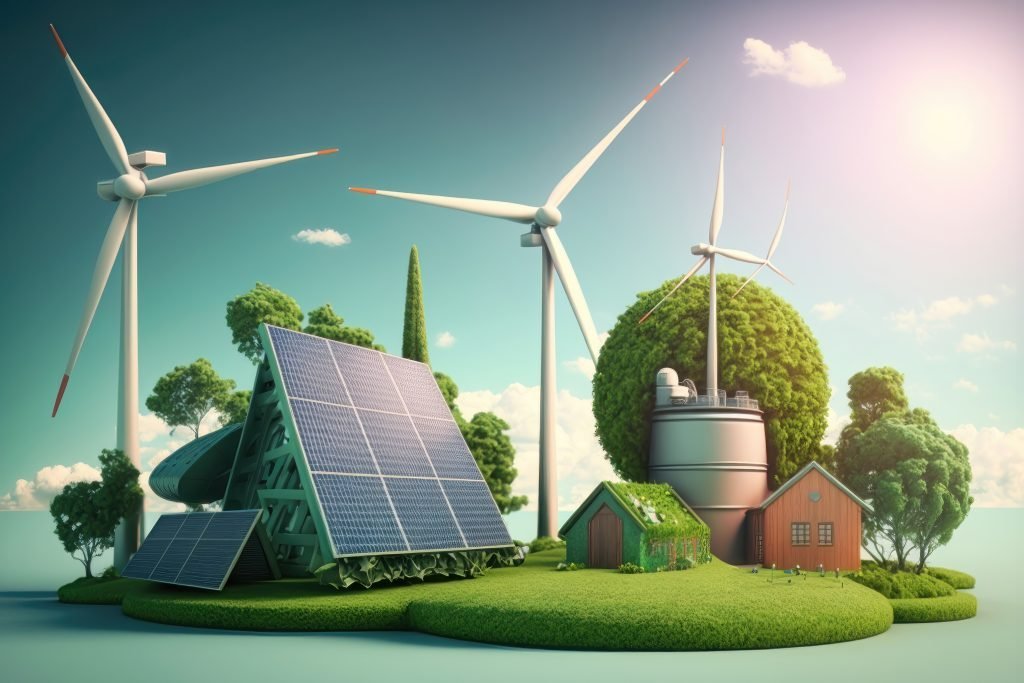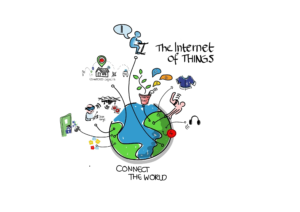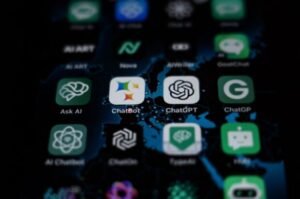What Is the Internet of Things How It’s Changing Everyday Life
The Internet of Things (IoT) is rapidly changing how we live, work, and interact with the world around us. Imagine a world where your appliances communicate with each other, your home adjusts to your needs automatically, and your car drives itself—this is the promise of IoT. This article will explore what the IoT is, how it works, and how it’s changing everyday life for the better. We’ll delve into the transformative power of connected devices, examining both the opportunities and potential downsides of this technology. The article will be structured into five key sections: defining the Internet of Things, exploring its core technologies, examining real-world applications, looking at the challenges of IoT adoption, and concluding with a discussion of future trends.
Defining the Internet of Things (IoT)
1.1 What is the Internet of Things?
The Internet of Things (IoT) describes the network of physical objects embedded with sensors, software, and other technologies to connect and exchange data with other devices and systems over the internet. These objects, from everyday devices to industrial machines, are assigned unique identifiers and have the capability to collect and transmit data, enabling them to be remotely monitored and controlled. The interconnected nature of IoT facilitates automation, data collection, and decision-making, leading to significant improvements in efficiency and productivity across various sectors.
1.2 Key Components of an IoT System
Several key components work together to create a fully functional IoT system. These include sensors and actuators, which collect data from the environment and control actions respectively; microcontrollers and embedded systems, which manage data processing and communication; communication protocols, which ensure seamless data exchange between devices; and cloud platforms, which store and process the massive amounts of data generated by the interconnected network.
1.3 How Does IoT Work in Practice?
Think of your smart thermostat. It constantly monitors the temperature in your home, transmits this data to a central system, and adjusts the heating or cooling accordingly, based on your preferences or schedule. This is a simplified example, but it illustrates the fundamental principle behind IoT—the constant exchange of data and actions based on real-time information.
Core Technologies Behind IoT
2.1 Sensors and Actuators
Sensors are crucial for collecting data in IoT systems. They measure physical parameters such as temperature, pressure, light, motion, and more. Actuators, on the other hand, translate data into actions, such as turning on a light, adjusting a valve, or controlling a motor. The precise measurements and actions performed by these devices are critical to the effective functioning of the IoT. For instance, in agriculture, sensors monitor soil moisture, and actuators adjust irrigation systems accordingly.
Real-World Applications of IoT
3.1 Smart Homes
Smart homes are one of the most visible applications of IoT. Connected devices such as thermostats, lighting systems, and security cameras can be controlled remotely and adapt to the user’s preferences. This results in increased energy efficiency, improved security, and a more comfortable living environment. A smart home system can learn user habits and adjust lighting, temperature, and security measures automatically.
3.2 Industrial Automation
IoT is transforming industrial settings by enabling real-time monitoring of equipment, predictive maintenance, and improved operational efficiency. Connected machines can detect potential issues before they lead to major breakdowns, leading to reduced downtime and increased output. Sensors monitor critical parameters such as temperature and pressure, helping to optimize processes and improve productivity.
3.3 Healthcare
IoT plays a significant role in healthcare by enabling remote patient monitoring, improving diagnostics, and supporting personalized treatment plans. Wearable devices can track vital signs and transmit data to healthcare providers, allowing for early detection of health issues and faster responses. IoT also improves efficiency and coordination in hospitals through tracking medical equipment and medications.
Challenges and Considerations of IoT Adoption
4.1 Cybersecurity Risks
As IoT devices become increasingly interconnected, cybersecurity vulnerabilities become a significant concern. Protecting the vast network of devices from hacking attempts and malicious attacks is crucial to ensure data privacy and system integrity. The potential for widespread breaches highlights the need for robust security measures. For instance, attackers could potentially compromise a smart home system to access sensitive personal information.
4.2 Data Privacy Concerns
The sheer volume of data collected by IoT devices raises significant privacy concerns. Protecting user data from unauthorized access and misuse is critical to building trust in IoT systems. Data encryption, access controls, and anonymization techniques are vital steps to address these concerns.
Future Trends and Predictions
5.1 Edge Computing
Edge computing, which processes data closer to the source, is becoming increasingly important in IoT systems. This approach can reduce latency and improve response times, especially in real-time applications such as industrial control and autonomous vehicles. Edge computing helps deal with the massive amounts of data that IoT devices generate.
5.2 Artificial Intelligence (AI)
AI is playing an increasingly vital role in IoT. AI algorithms can analyze vast amounts of data from connected devices to identify patterns, predict outcomes, and automate tasks, further enhancing the capabilities of IoT systems. AI can help in forecasting maintenance needs, optimizing energy consumption, or improving decision-making in various industries. This integration enhances the capabilities of existing IoT systems, creating smarter, more adaptive solutions.
In conclusion, the Internet of Things (IoT) is revolutionizing everyday life in countless ways. From smart homes to connected cars and industrial automation, the potential applications are vast and continuously evolving. Understanding the core concepts of IoT, the technologies underpinning it, and the societal impacts is crucial for navigating this transformative era. For a deeper dive into specific applications or to learn how to get started building your own IoT solutions, visit [insert website link here]. Embrace the future of connected devices and empower yourself with the knowledge to harness the power of IoT.
Share this content:













Post Comment